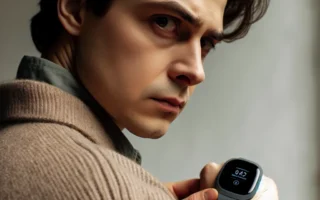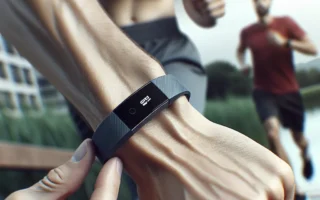The Rise of Wearable Technology in Fashion
In recent years, we have witnessed a significant shift in the fashion industry with the rise of wearable technology. Smart clothing, once a futuristic concept, has now become a tangible reality, seamlessly integrating wearable devices into our daily attire. This fusion of fashion and technology has given birth to a new category of clothing that not only offers style and comfort but also serves practical functions through embedded sensors and connectivity.
The integration of wearable devices in fashion has opened up a myriad of possibilities, allowing individuals to track their fitness levels, monitor health metrics, and even receive notifications through their clothing. The emergence of smart fabrics and textiles has revolutionized the way we perceive and interact with our attire, blurring the lines between fashion and function. From smartwatches and fitness trackers to temperature-regulating jackets and biometric sensing apparel, the advancements in wearable technology have transcended traditional fashion boundaries.
As consumers increasingly seek seamless experiences and personalized solutions, the marriage of fashion and technology presents a compelling opportunity for brands to innovate and differentiate themselves in the market. Designers and tech companies are collaborating to create garments that not only embody style and aesthetics but also enhance the overall lifestyle of the wearer. The future of smart clothing lies in the convergence of cutting-edge technology with timeless fashion, offering a glimpse into a world where our attire becomes an extension of our digital identity.
Innovations in Smart Fabrics and Sensors
As we look towards the future of smart clothing, one of the most exciting aspects is the integration of wearable devices into innovative smart fabrics and sensors. The advancements in this field are transforming the way we interact with clothing, pushing the boundaries of what is possible in terms of functionality and style.
Smart fabrics are being developed with embedded sensors that can monitor physiological indicators such as heart rate, body temperature, and even hydration levels. These sensors are seamlessly integrated into the fabric, allowing for continuous and non-invasive monitoring of the wearer’s health and wellness. Additionally, advancements in conductive yarns and flexible electronics are enabling the creation of clothing that can sense and react to the wearer’s movements and environmental conditions.
These innovations are not just limited to health and performance monitoring. Smart fabrics are also being designed to provide interactive experiences, such as changing color or texture in response to external stimuli or user input. This opens up a world of possibilities for customizing the aesthetics of clothing and creating dynamic, personalized fashion statements.
Moreover, the integration of wearable devices with smart fabrics and sensors is driving developments in the Internet of Things (IoT) and creating new opportunities for connectivity and data exchange. This convergence of technology and fashion is paving the way for a future where our clothing not only serves a functional purpose but also enhances our everyday lives through data-driven insights and immersive experiences.
In conclusion, the future of smart clothing lies in the seamless integration of wearable devices with cutting-edge smart fabrics and sensors. This convergence is set to revolutionize not only the way we perceive and interact with our clothing but also the potential for innovation in the fashion and technology industries.
The Impact of Smart Clothing on Health and Lifestyle
Smart clothing, equipped with integrated wearable devices, is poised to revolutionize the way we manage our health and lifestyle. These innovative garments have the potential to monitor vital signs, track physical activity, and provide real-time feedback to the wearer. The impact of smart clothing on health and lifestyle is profound, as it empowers individuals to take a proactive approach to their well-being.
By seamlessly integrating biometric sensors into everyday apparel, smart clothing offers continuous health monitoring without the need for intrusive devices. This constant stream of data can provide valuable insights into an individual’s overall health, from heart rate and respiratory patterns to sleep quality and stress levels. With access to this information, users can make more informed decisions about their lifestyle and habits, leading to improved wellness outcomes.
Furthermore, the convenience of smart clothing encourages greater adherence to healthy behaviors. Wearers can effortlessly track their physical activity levels, set goals, and receive personalized recommendations to optimize their exercise routines. This proactive approach to fitness can lead to increased motivation and accountability, ultimately contributing to a more active and healthier lifestyle.
In addition to the individual benefits, the aggregated data from smart clothing has the potential to revolutionize public health initiatives. Researchers and healthcare professionals can access anonymized, large-scale data sets to gain insights into population health trends, identify early warning signs for potential health crises, and tailor interventions to specific demographic groups. This collective data-driven approach has the potential to transform healthcare delivery and disease prevention on a global scale.
In conclusion, the integration of wearable devices into smart clothing is set to have a transformative impact on health and lifestyle. By harnessing the power of technology, these garments offer a new paradigm for personalized health monitoring and encourage positive behavior changes. As the field continues to evolve, smart clothing is poised to become an essential tool for individuals, healthcare providers, and public health organizations, shaping a healthier future for generations to come.



